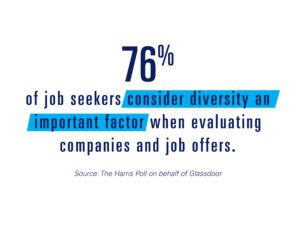Providing tuition support for employees is good for your workforce, but it’s also good for business. To successfully develop a tuition assistance program, there needs to be buy-in from business leadership. This section will help make the case for a tuition assistance program that works for your organization and will help you understand your return on investment. It includes resources and strategies for calculating costs and potential return on investment, addressing misconceptions, and making the case to the executive team and the board.
Are you ready to move forward with a tuition assistance program? This section provides implementation tools, from a step-by-step project plan to a budget calculator to help assess program costs. In addition, you’ll find resources for spreading the word about your program and the benefits of continued education, to ensure utilization is strong.
Tuition assistance programs are proven to increase employee satisfaction, reduce turnover, and lead to internal promotions, all of which lead to savings.
Calculating Costs
Much of the cost saving for tuition assistance programs comes from reduced expenses for recruiting and onboarding caused by employee turnover. Tuition assistance programs are proven to increase employee satisfaction, reduce turnover, and lead to internal promotions, all of which lead to savings – both in terms of direct expenses and staff time spent on recruiting, onboarding, and training new employees. To help make the case to your leadership, calculate your own turnover cost.
Tuition assistance policies also lead to increased internal promotion rates, which are beneficial to businesses that struggle to find skilled workers to fill certain positions. Looking internally at your workforce – and providing potential candidates with the education and tools needed to be successful in higher-skilled positions – helps solve employer talent gaps while boosting employee morale and loyalty.
SHRM estimates promoting internally is 18-20% less expensive than hiring externally. Calculate your internal promotion rate. If this number is lower than your company’s internal expectations – especially for your front-line employees – education assistance is a proven method to increase internal promotions and thus reduce costs.
Addressing Misconceptions And Barriers
Misconception One: College costs a lot so my tuition assistance program will cost a lot too.
There are actually several misconceptions here. Let’s start with the first one: college is expensive. While tuition at many colleges is astronomical, there are also extremely affordable options. The average cost per credit hour at a two-year community college in Michigan is only $183. At that rate, a complete Associate Degree costs only about $11,000. If a student were to transfer their first 60 credits to a four-year college in Michigan, they could complete an entire bachelor’s degree for an average cost of about $33,000.
This figure does not take into account Michigan’s free community college program, Michigan Reconnect, which allows Michigan residents ages 25 and older to attend community college tuition-free. Qualifying employees can receive an associate degree with their tuition fully covered, so employers do not need to cover these costs. However, assistance programs should still account for expenses like books and allow for flexible scheduling and other supports so that employees can access educational opportunities.
Moreover, there are a lot of ways to structure your tuition assistance program to reduce the overall cost to the company.
- First, you can require that participating employees complete their first 60 credits at a community college (potentially at no cost, through Michigan Reconnect).
- You could also require that they apply for federal financial aid by filling out and submitting a Free Application for Federal Student Aid (FAFSA). Federal student aid often covers 80-90% of the tuition cost, so in those situations, your company would only pay a few hundred dollars a year per employee.
- Finally, you could cap your company’s per-employee annual contribution or offer to pay only a set percentage of each employee’s out-of-pocket costs. Many companies will only contribute 90% of tuition expenses up to a maximum of $5,000 per year per employee.
All of these can radically reduce the overall cost of your company’s tuition assistance program.
Misconception Two: It will increase my company’s turnover.
While it stands to reason that helping your employees gain a college degree will make them more attractive to your competitors and will increase your overall attrition, all of the research categorically disproves this misconception. Tuition assistance programs reduce attrition because they provide an avenue to build the skills you value at your company. This helps ensure that they have opportunities for advancement, reducing the stagnation employees feel, which is often a primary driver of attrition.
Tuition assistance programs moreover show a level of commitment to the wellbeing and long-term prospects of your employees – something for which your employees will be forever grateful. Employees tend not to leave employers that they feel are committed to their success.
For companies who employ primarily front-line workers in positions that don’t require a degree or credential, it’s true that many of these employees will leave the company after completing their education – there simply aren’t enough high-skilled positions at these companies for credentialed workers to move into. However, even these companies see positive outcomes on their attrition numbers, as education assistance programs keep employees at a company for at least two years while they’re completing a degree, much longer than many of these high-turnover positions see otherwise.
Read more about how tuition assistance leads to increased retention here.
Misconception Three: It will be time-consuming and difficult to administer.
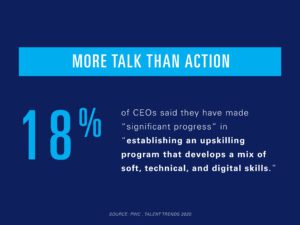
While it’s true that tuition assistance is another program that has to be actively managed, the administrative burden is less than you might expect. First, most colleges and universities recognize that students often rely on the support of their employers, so the paperwork they receive is usually pretty easy to understand. In addition, there are a whole host of very affordable tuition assistance administration outsourcers. This can completely eliminate any administrative burden for the company.
Getting Buy-In
We have provided some case-making resources and reports from other companies, as well as documents that you can download and customize with your logo and company information to help you make the case to your executive team and board.
As you gather your supporting evidence and case studies, consider the following approaches to making the case most effectively for broader access to tuition assistance.
- Spend some time gathering feedback from employees who are trying to earn a degree while working full time. Talk to your HR department about the costs of attrition and challenges with employee engagement. Gather feedback from your executives on the skills and abilities their employees need to develop to help the company succeed. This will help you clearly articulate a set of business problems to solve.
- Ask yourself who stands to benefit when attrition drops, and engagement increases as a result of broader access to tuition assistance? It’s often leaders in the areas of the company that rely on employees who will likely take advantage of the program who will be your natural allies and can help you make the case to executive leadership.
- When enlisting internal business leaders as stakeholders, consider framing your solution less as a benefit to employees and more as a way of addressing costly business problems such as attrition, disengagement, skill deficiencies, and shortages of critical talent.
Tools And Templates


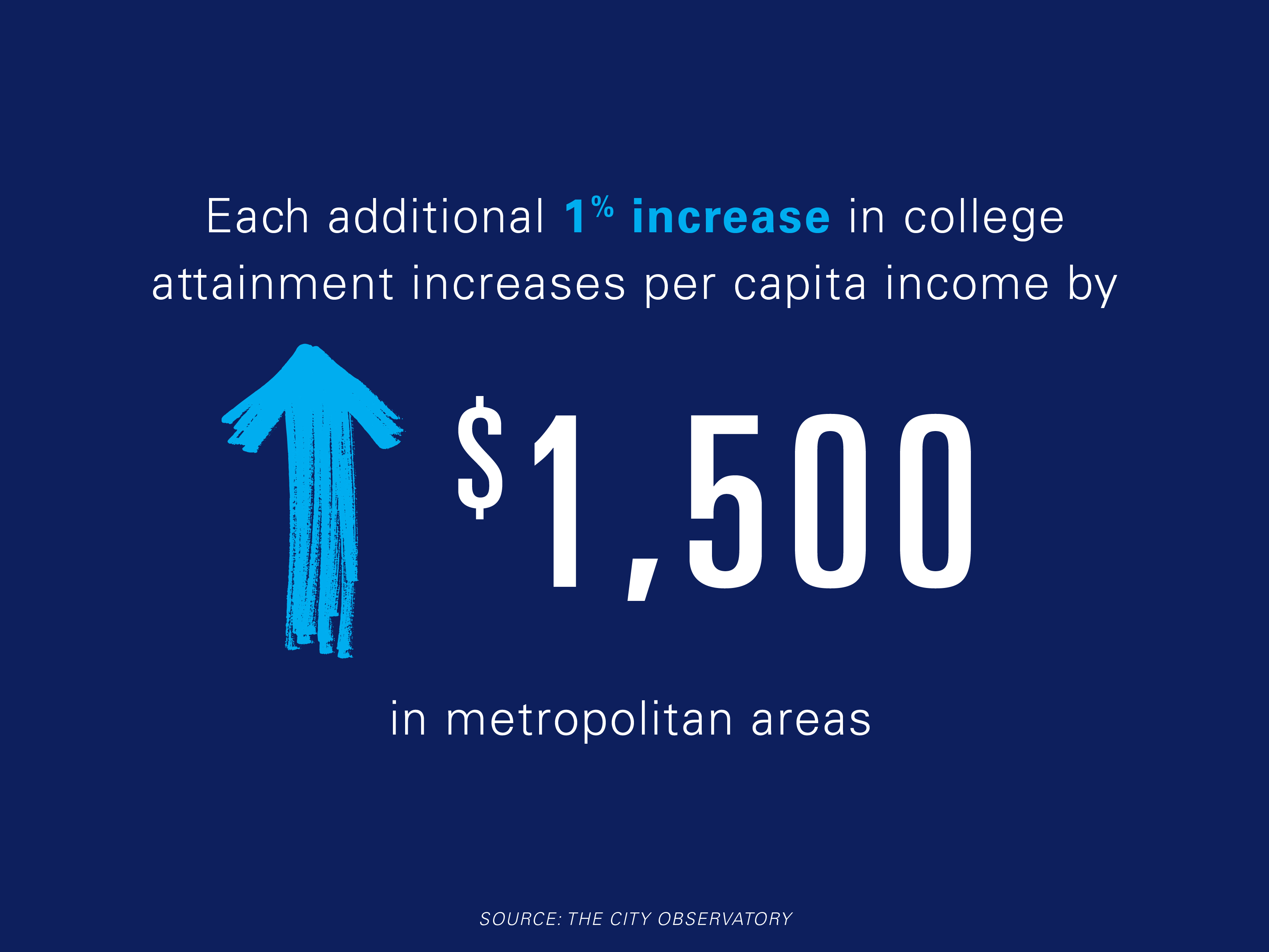
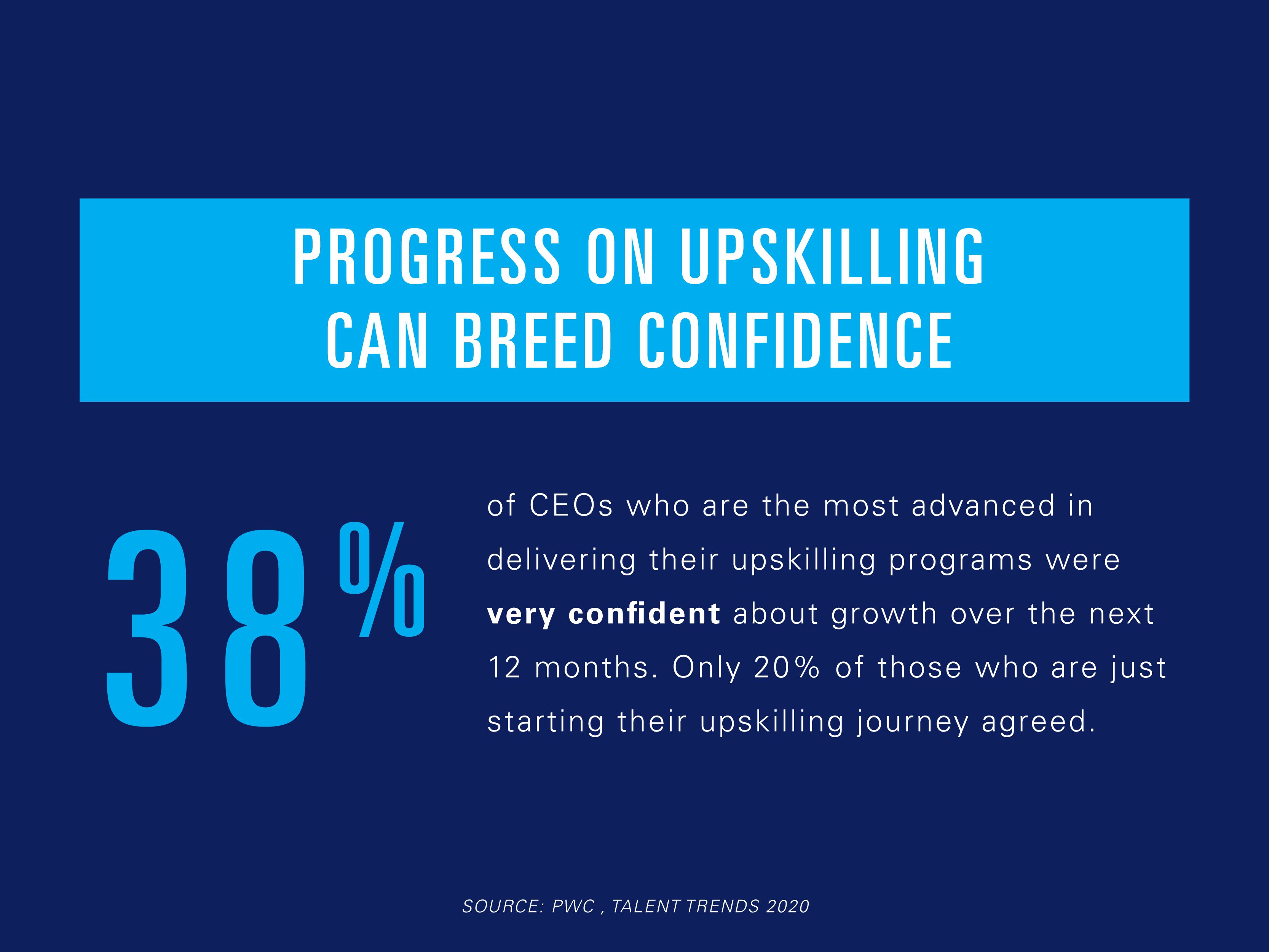
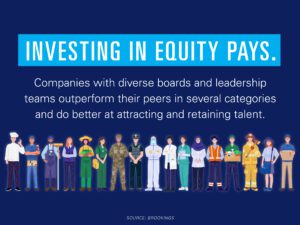
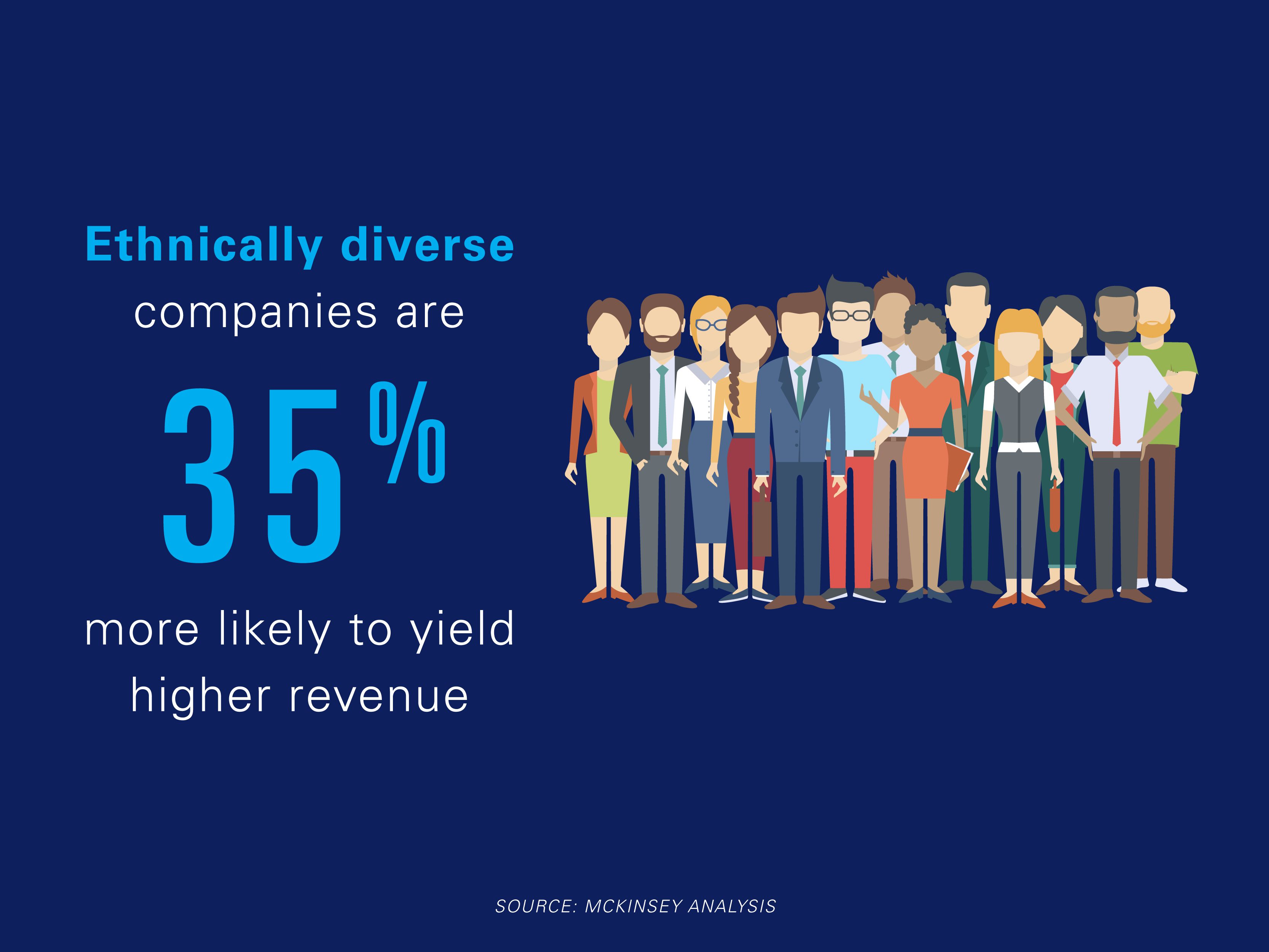
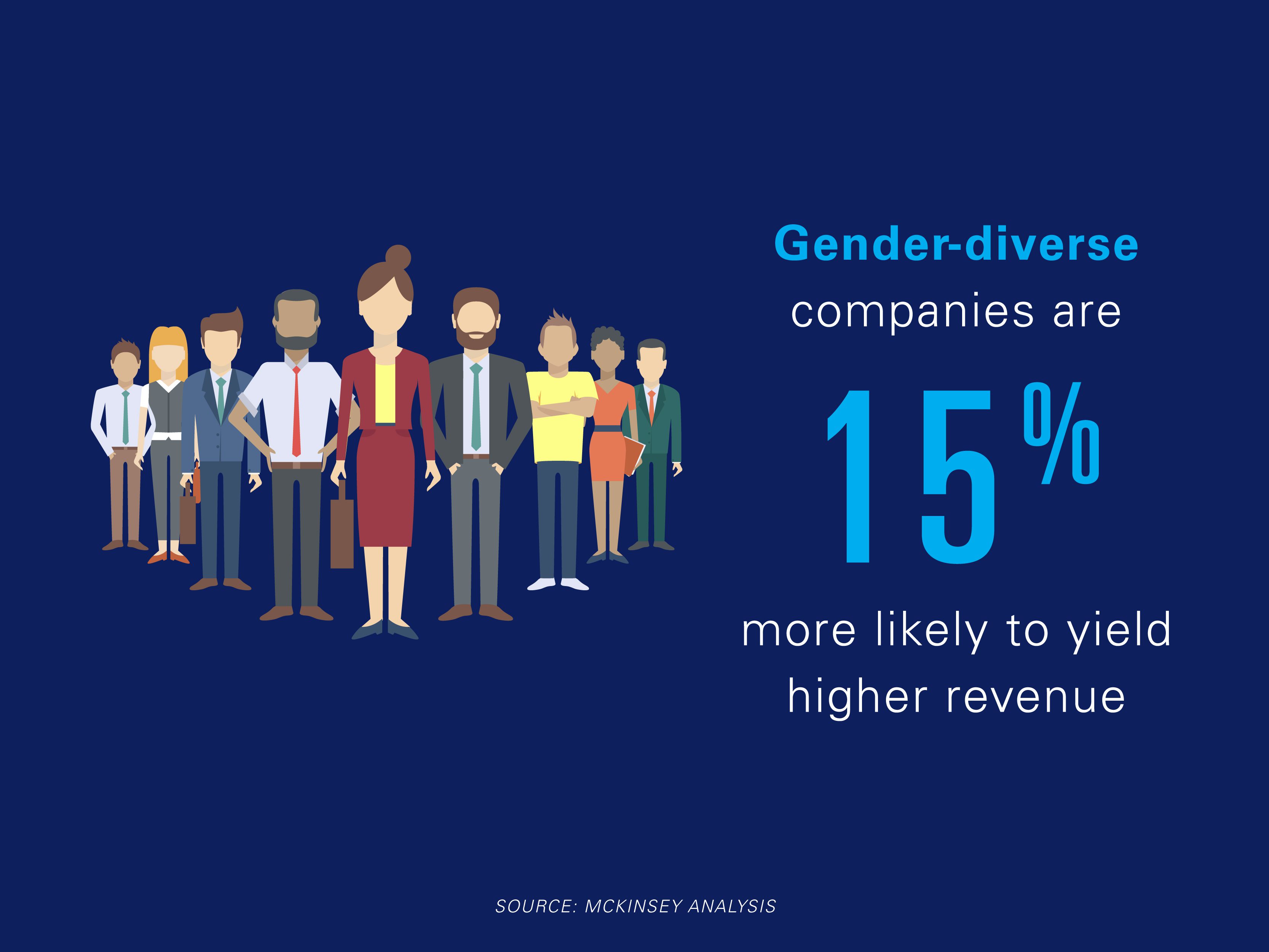




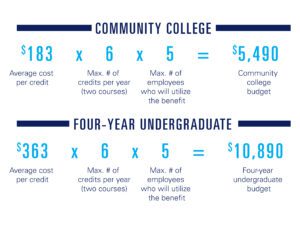
 Connect employees to an adult adviser who can give one-on-one support and answer specific questions that come up about the college-going process.
Connect employees to an adult adviser who can give one-on-one support and answer specific questions that come up about the college-going process. 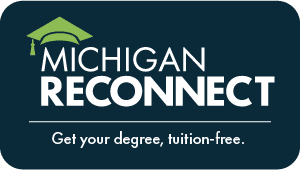 Michigan Reconnect has major cost-saving implications for employers.
Michigan Reconnect has major cost-saving implications for employers.



